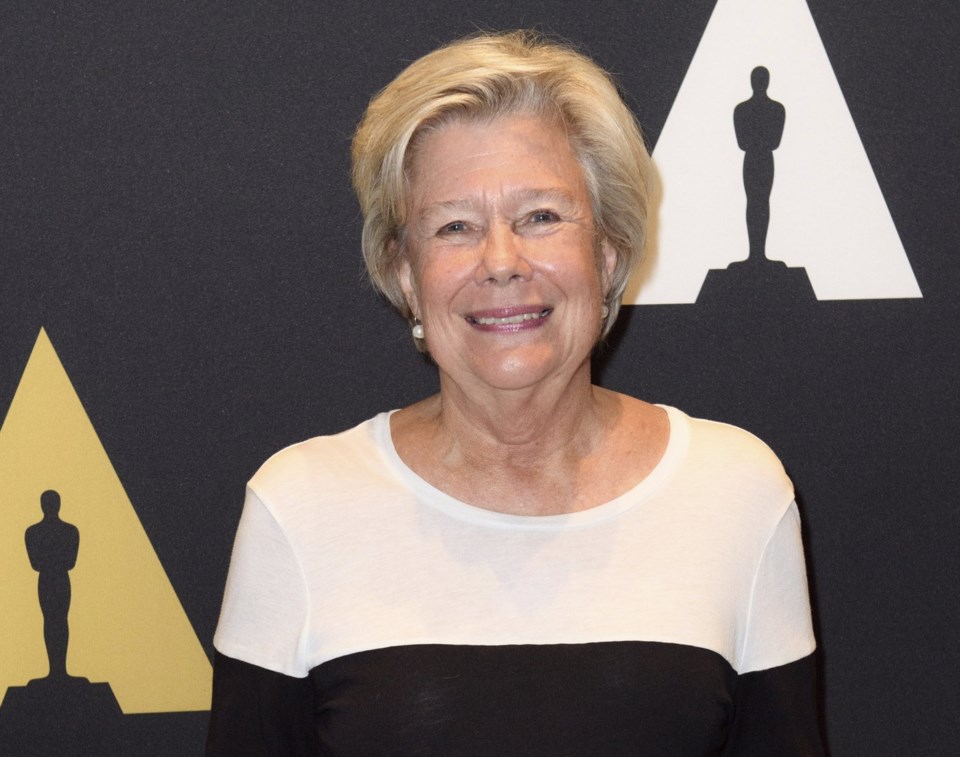Juliet Taylor does not give herself credit for .
In her over 40 years as top casting director behind so many classics, “Annie Hall,” “Heartburn” and “Sleepless in Seattle” to name just a few, she did, technically give Streep her first film role. She gave many stars their big breaks. But Streep, she said, was always going to happen — the young stage actor was the talk of the town in New York as soon as she came on the scene. Taylor was simply the lucky one who happened to be casting for “Julia,” which didn’t conflict with a play.
Modesty is not antithetical to being a great casting director, though, a profession of observation, negotiation and nuance that operates mostly out of the public eye. It’s why Taylor's a little nervous about Sunday, when she’ll be presented with at the film academy’s in a room full of Hollywood greats.
Recognition is long overdue for Taylor and her peers. Earlier this year, the film academy announced that it would add starting with films released in 2025.
“There’s so much people don’t know about casting actors,” Taylor said. “One thing is we negotiate all the contracts and we cast a movie within a budget.”
Casting wasn’t always the art that it is today. In the studio system, it was more of cattle call, an organizational rather than creative job. But Taylor began her career in 1968 at time of change, mentored by one of the pioneers behind the movement: Marion Dougherty, who scouted talent in off-Broadway plays and turned casting into a more selective, humane process. It was also a profession led by a lot of women. Dougherty used to joke that it’s because they didn’t get paid much.
The first movie Taylor led casting on was “The Exorcist,” a baptism by fire in many ways. Director had not gotten along with Dougherty on “The Night They Raided Minsky’s" and called the office with a strange request.
“He said, ‘I hear you have a really good assistant. Would you let her cast my movie?’” Taylor said. “I don’t know if he did that as something that was not nice to do. That was terrifying for me. I was scared to death the entire time.”
But she also found her voice on the film, discovering Linda Blair and taking a shot on Jason Miller, a playwright who she had a good feeling about.
“He had such a great face and he was such an interesting kind of brooding man,” she said. “I thought, ‘Gee let’s see if he’ll come in and cry.’ He did and he got the part. That was exciting. That’s a casting director’s dream.”
As a New Yorker, Taylor quickly established herself as a go-to casting director for the likes of , for whom she cast over 40 films, , Nora Ephron and . Among her over 100 credits, she did both “Close Encounters of the Third Kind” and “Schindler’s List” for , “Taxi Driver” for Martin Scorsese, “Big” for Penny Marshall and “Terms of Endearment” for James L Brooks.
“So many of them turned out so well because I worked for such wonderful directors,” she said. “And I don’t want to sound like I’m being falsely modest, but I do feel like so many of these people were just so talented you couldn’t miss it.”
Some of her proudest moments were finding real people to fill out movies, like the lounge singer in “Broadway Danny Rose.” There are also the actors who she didn’t give up on.
“I used to drag poor in for everything,” she said. “Back then also there were two different communities of actors and there was very little intermingling. New York actors came to New York to be in the theater. If they got a movie, that was thrilling, but they didn’t come thinking they were going to be a star.”
For the most part, she and her longest running filmmaker partners, Allen and Nichols, were able to operate independently.
“Woody made his movies on a very tight budget with the agreement that he wouldn’t be interfered with,” she said. “Mike Nichols was so admired that people didn’t bother with him too much at first. But as his movies got more expensive, then you started to see a little bit more interference.”
When “Working Girl” came along, for instance, the studio had ideas about needing bigger stars. She and Nichols wanted Alec Baldwin as the male lead, but he was too unknown for the studio and Harrison Ford was called in.
Taylor retired a few years ago and doesn't regret it. She’ll still talk to some of her old director friends about projects here and there. But she’s mostly just enjoying going to the theater. And she’s excited that her profession is being celebrated.
“There’ve been so many people who went before us who really deserved it,” she said. “It’s very moving for me and the whole community. It’s been too long.”
Lindsey Bahr, The Associated Press




